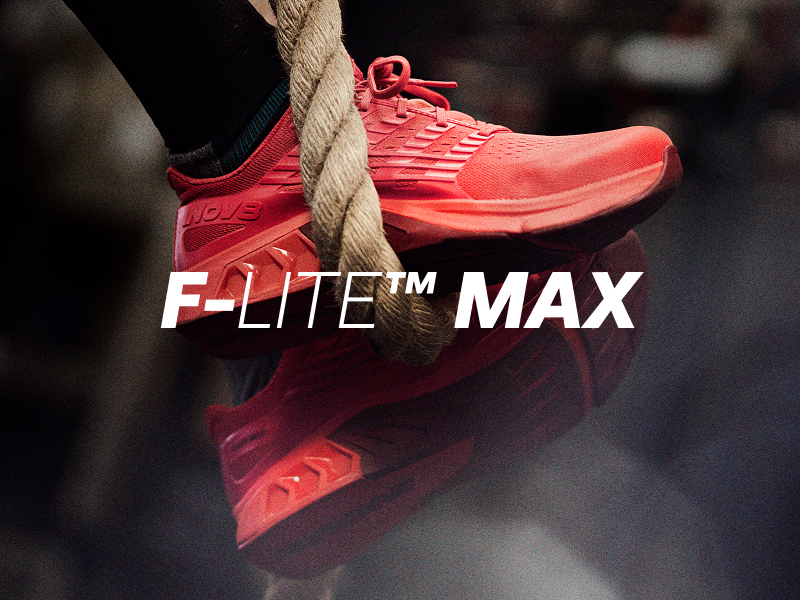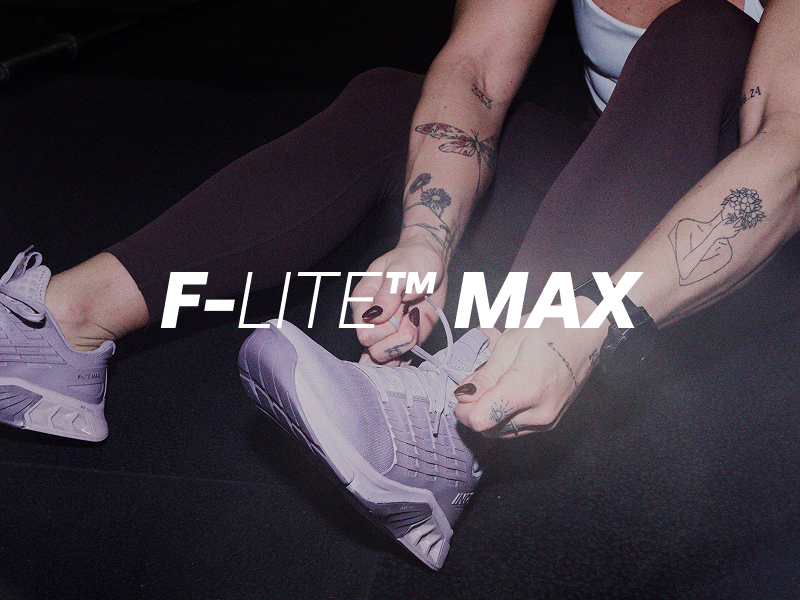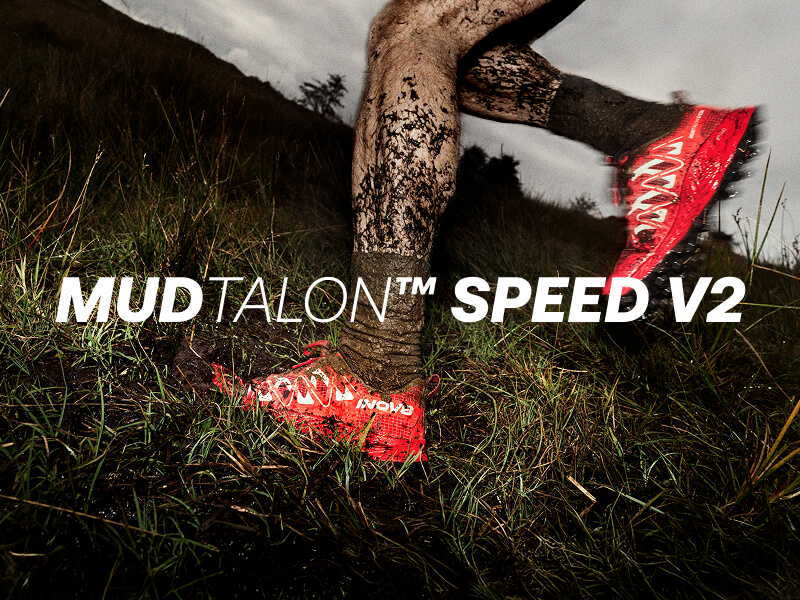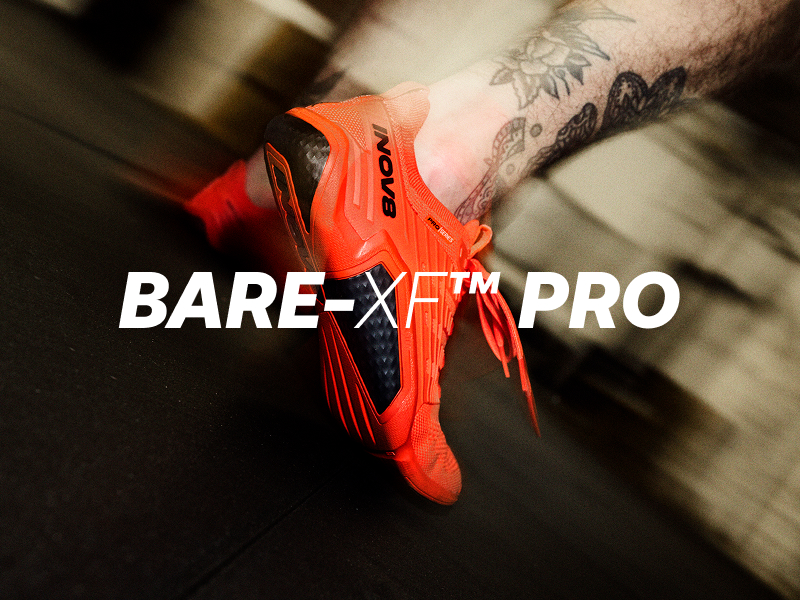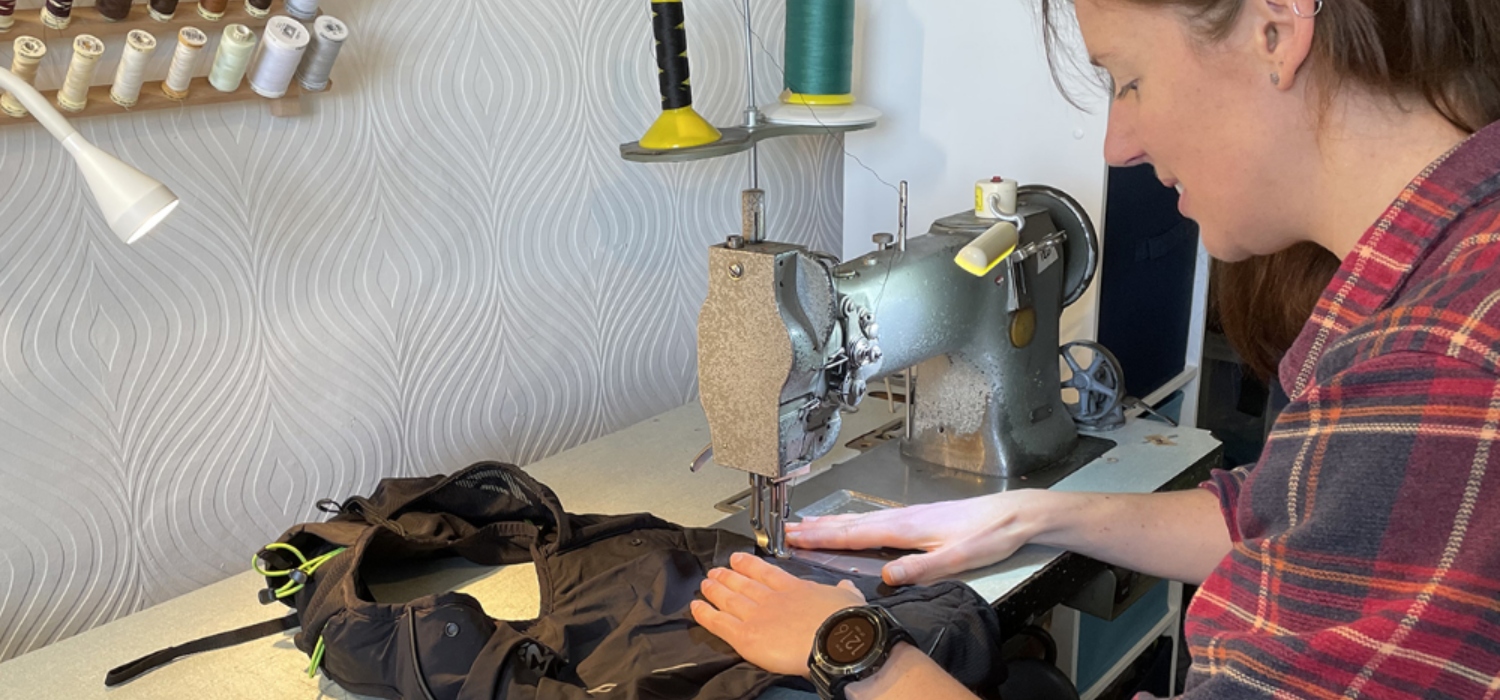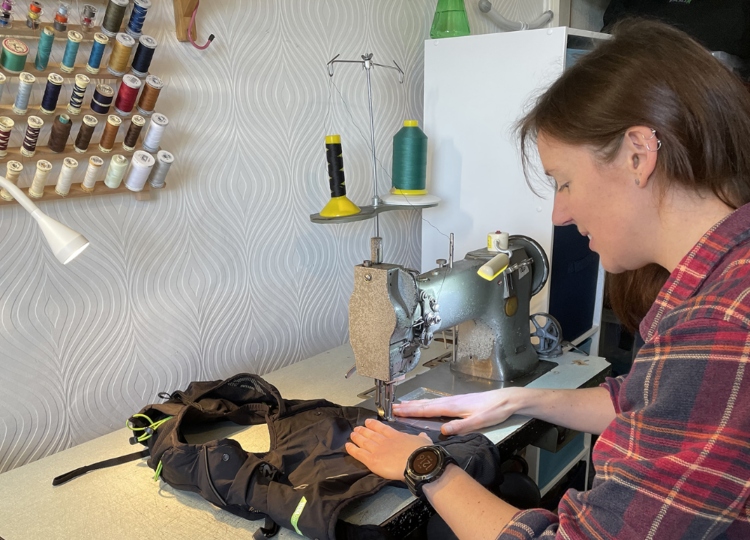
Our RENOV8 initiative now offers a repair service on INOV8 clothing and accessories that are brought in-person to any of our UK brand stores. As part of this initiative, we’ve teamed up with a partner who has years of experience repairing high quality outdoor gear, using INOV8 spare parts and materials wherever possible.
We sat down with Lauren from RENOV8 to get a better idea of the repair service she provides, and the sort work she undertakes daily.
Hi, can you explain what you do for RENOV8?
My name’s Lauren and I'm a repair partner for the RENOV8 initiative. I fix clothing and accessories which customers have brought into one of our INOV8 brand stores to trade in, or items that may have been returned for warranty with small cosmetic defects or some piece of damage that can be repaired and resold.
What kind of thing do you see with gear that has been traded in?
Sometimes it’s tears from brambles or just general wear, which happens quite a lot because people do keep their kit for quite a long time if it's good quality. So just things like zips wearing out is common; patching holes here and there or topping up down or synthetic insulation if they’ve torn the product and are losing some filling.
I had one waterproof jacket where the back had been destroyed and I also had another jacket of the same colour, which was destroyed in a different place. So I basically took the fabric from one of them, made a new panel for back and then seam-sealed all of the seams, and the jacket was as good as new.
What's your trickiest type of repair?
A full zip replacement is quite an involved process, especially if it's a waterproof garment. I start by removing the seam tape, then unpicking the zip. There's usually quite a lot of layers of stitching because the product must be strong; taking out all the broken threads and then fitting a new zip that matches. Sometimes you must trim the length because each jacket is different, then sew in the zip and re-tape the seams; finally, I finish off the edging at the hem and a lot of garments have a soft chin guard so that part gets finished off last.
How did you get into sewing?
I probably started sewing when I was about 5 or 6 years old. My Grandma was a dress maker; she was retired by the time I used to go to her house when I was a kid. She had an amazing sewing room with all these different machines, and she could make anything. She taught me to hand sew and how to knit and then I learned to sew on a machine with a Treadle Singer machine, which was my great grandma's and is about 100 years old now and still works.
And, from there, I just kind of practiced, experimented, and got things wrong. I watched YouTube videos, read books and then a couple of years ago I took a career break to go back to college and do an Art & Design Foundation course specialising in textiles, so I learned a lot from that experience.
I was drawn to specialising in outdoor gear because I’ve always been into outdoor sports and I’ve always repaired my own kit. Then for about ten years I worked in the outdoor industry within customer service and various warranty departments, so I’ve done a lot of repairs with different brands and had comprehensive product training from those brands.
What type of repairs have you found yourself doing?
A lot of people like invisible or very toned-down repairs and they’re barely noticeable and that’s something that can be done well. I have a lot of the original INOV8 fabric at my disposal which blends in perfectly; then some people really love a visible repair which tells a story. They might like a flash of colour or just something that makes their piece unique, so I can do both depending on the brief.
The sort of daily repairs I do varies a lot; if I've got quite a long, involved project, like a waterproof zip for example, that could take 3 or 4 hours. If it’s something that just needs some stitching, repairing or a patch then that could take maybe an hour or maybe even less. On a slow day which involves complex processes I could maybe do 2 repairs and on a fast day, with simple tasks, I think my record is probably 15 or 16 items, so my working day is variable.
Do you have any advice for people with damaged products or those looking to be more sustainable?
You can go onto the high street and buy a waterproof jacket for £30... Some of those things, including tents, are now seen as disposable, which just isn’t acceptable at all. So many materials and resources have gone into that product, particularly a lot of petrochemical based fabrics like polyester and nylon; to throw those items into landfill is so wrong.
I think a lot of the time consumers just think of the financial cost to them; for example, a new jacket might cost £30... but it’s important to consider the whole lifetime of that product and the social and environmental impact of it as well. It’s also completely unnecessary to throw it away, so if you can make it good and keep it going then that’s better for everyone.


